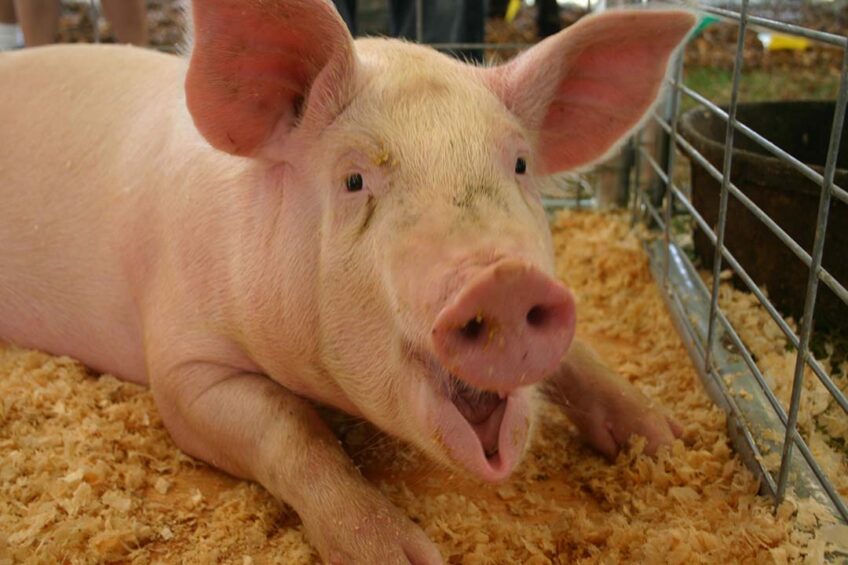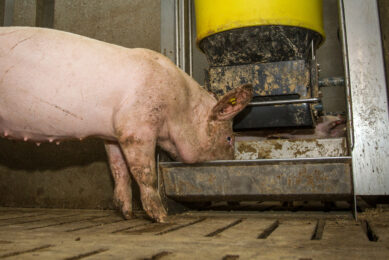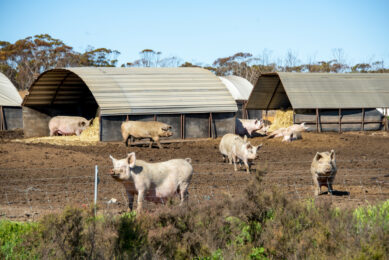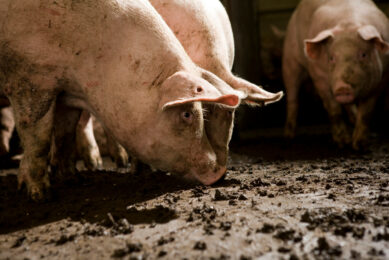Canadian scientists to develop decision-making tool for sustainability goals

Scientists at the Western College of Veterinary Medicine at the University of Saskatchewan are developing a tool that supports on farm decision making to reach welfare and sustainability goals.
Funding from the Natural Sciences and Engineering Research Council of Canada (NSERC), the University of Saskatchewan and 14 industry partners fund the tool’s development.
Dr Yolande Seddon, the NSERC Industrial Research Chair in Swine Welfare, leads the research. She is also an adjunct research scientist with the Prairie Swine Centre.
Interviews ahead
The research team, including 4 scientists and technicians, will gather data for the tool’s development from interviewing 2 sources, producers and pig herd veterinarians in Canada and the US.
“We aim to produce a tool that will support decision making on the farm that will influence animal welfare. We will also reserch how it interacts with business, profitability and environmental emissions and therefore, overall business sustainability goals that could influence market access,” Dr Seddon explained to local media.
Each interview will address a wide range of topics, including what indicators producers use to monitor welfare and how production decisions relates to animal welfare as well as environmental, profit and staff sustainability.
Dr Seddon noted that this sort of data has not been gathered before, and she believes “it is really valuable to hear the industry’s side of the story.”
As the tool is developed, information will first be shared with participants. They will also get to try the tool after a demonstration. Dr Seddon and her colleagues aim to have the final version finished by early 2025.”
Welfare research projects
There are 4 other main NSERC Industrial Research Chair in Swine Welfare research goals. One is to examine whether enrichment in the form of extra space, physical enrichments and positive human contact during lactation and/or the nursery period will result in improved pig stress resilience, behavioural development and growth rate.
Another goal is to identify methods that effectively stimulate play behaviour in growing pigs, and the potential physiological benefits of play.
Goal 3 addresses improved understanding of biomarkers of pig welfare, and Goal 4 addresses how carcass assessment at slaughter inform about animal welfare at different stages of the value chain.











